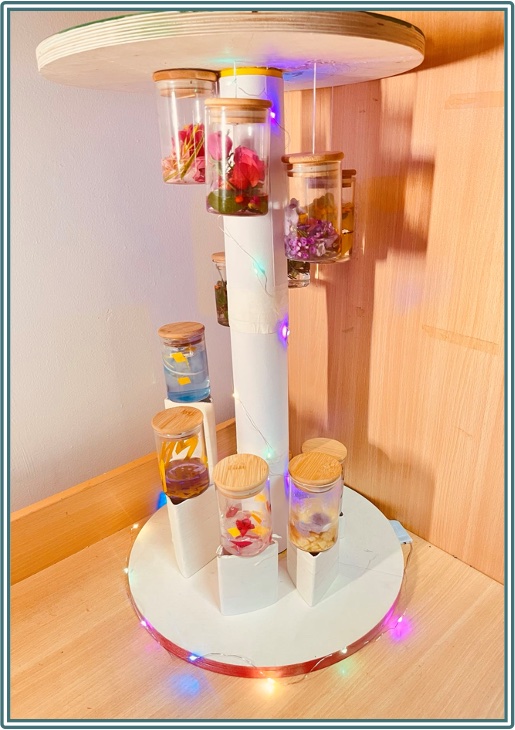Project Description
IDEARTS Author
NI Ziyi, Dorjee Jacan
Landscape Architecture, Shanghai Jiao Tong School of Design
A word from the artist :
“Greenhouse effect, we must be familiar with it, but now it has developed to what extent, but the ordinary people do not know.To quote one figure: the rise in global surface temperature over the 100 years since the 19th century was 0.2-0.69 ° C. According to the data of 119 years from 1880 to 1998, the trend of global warming is 0.53℃/100a. Further evidence of global warming has come from 150 years of recorded changes in the timing of lake freezing and melting in places as diverse as Wisconsin and Japan.Between 1946 and 1995, the lakes froze 9.5 days later and melted 8.6 days earlier. During this period, the average temperature increased by 1.8℃. Most of the warming has occurred in the 2020s to 2040s and in two periods since the mid-2070s. Since the 1980s, the rise of global temperature has been accelerating. After the 1990s, the global mean temperature in 1990, 1995, 1997 and 1998 set several record highs. The past 10 years have been the warmest in the Northern Hemisphere since the meteorological records began in 1659.Generally speaking, global warming presents great regional differences. The warming in high latitudes is greater than that in low latitudes, and the warming on land is more obvious than that in the ocean [9].It is predicted that the global average annual temperature will rise by 1.5-4.59℃ in the next century, and the temperature in the middle and high dimensions of the Northern Hemisphere will rise by 5-10 ℃. The global temperature will increase at a rate of 0.39C/l0a(0.2-0.5℃), which will make the global average temperature increase by 1.0℃ in 2025 and 3.0℃ at the end of the next century. The rate is the highest in more than 100, 000 years. Although estimates of the magnitude of the increase vary, it is certain that global temperatures will continue to rise in the future.
This shows the seriousness of the situation. Therefore, China has also taken the initiative to shoulder the responsibility of a major country, and put forward the strategic goal of achieving carbon peak by 2030 and carbon neutrality by 2060. As citizens, we should naturally try to respond to the call of the country and contribute to the cause of carbon reduction. In daily life, what we can do as individuals is indeed limited, but the accumulation of the whole society day by day, but it is not to be underestimated.While the ideal is plump, the reality is bony. Concrete practice is always difficult to advance. The key, I think about it, is that people don’t have a clear sense of how much impact their actions have. This is where my design inspiration came from — visualizing the carbon footprint. A pale face, always more than a string of numbers or words can move people. However, it is obviously not enough to only know how much you emit. Carbon neutrality is not something humans can accomplish by themselves, so it is also necessary to highlight the significance of plants. I adopted the same idea and searched many literatures. After calculation, I selected six kinds of living things and six kinds of natural plants. Their carbon emission and carbon absorption are just equal, that is, they can achieve carbon neutrality.”
About the IDEARTS
Art can be defined in a thousand different manners. In today’s world, it is increasingly regarded as a way to learn and share about sustainability and green technologies; as a lever to raise awareness on climate change and throw light on workarounds for global warming; as a means to better understand the problematics of our times and the prospects for our future.
For its very first edition, Vadviam’s IDEARTS programme has invited Architecture and Landscape Architecture students from renowned Shanghai Jiao Tong School of Design to create artworks intended to illustrate environmental issues and offer solutions for global sustainability.


